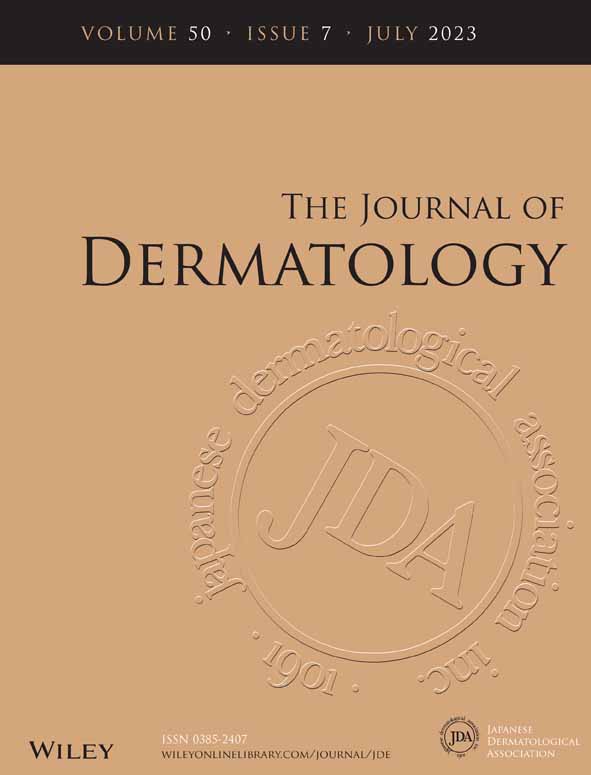Analysis of cytokine profiles in sera of single and multiple infantile hemangioma
Abstract
Infantile hemangiomas (IH) are benign vascular tumors that are common in infancy. They vary in growth, size, location, and depth, and although most lesions are relatively small, approximately one fifth of patients have multiple lesions. Risk factors for IH include female sex, low birth weight, multiple gestation, preterm birth, progesterone therapy, and family history, but the mechanism that causes multiple lesions is unclear. We hypothesized that blood cytokines are involved as a cause of multiple IHs, and tried to prove this using sera and membrane arrays from patients with single and multiple IHs. Serum samples were obtained from five patients with multiple lesions and four patients with a single lesion, none of which had received any treatment. Serum levels of 20 cytokines were measured using human angiogenesis antibody membrane array. Four of the 20 cytokines (bFGF, IFN-γ, IGF-I, and TGF-β1) were higher in the patients with multiple lesions than in those with single lesion, with statistically significant difference (p < 0.05). Notably, signal for IFN-γ was evident in all cases with multiple IHs, but was absent in cases with single IH. Although not significant, there was mild correlation between IFN-γ and IGF-I (r = 0.64, p = 0.065), and between IGF-I and TGF-β1 (r = 0.63, p = 0.066). bFGF levels were strongly and significantly correlated with the number of lesions (r = 0.88, p = 0.0020). In conclusion, blood cytokines could act as a cause of multiple IHs. This is a pilot study with a small cohort, so further large-scale studies are necessary.
CONFLICT OF INTEREST STATEMENT
The authors report no conflicts of interest in relation to this article.




